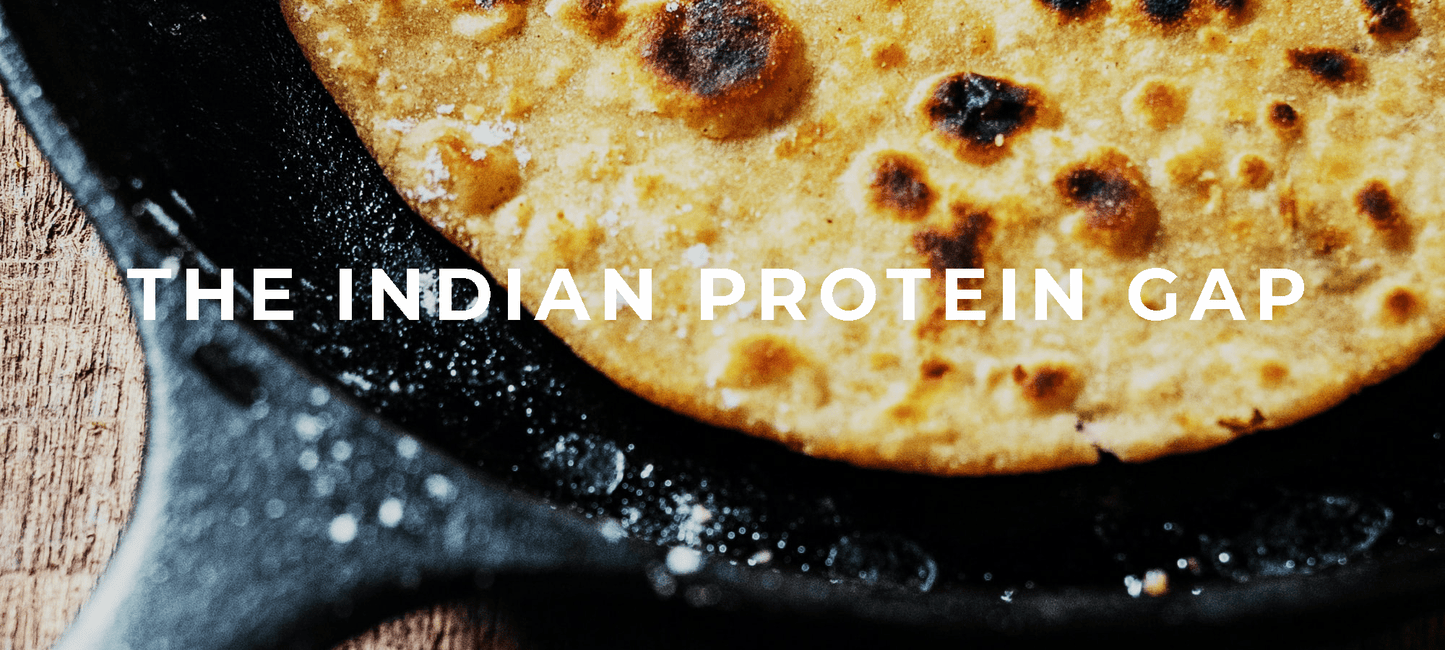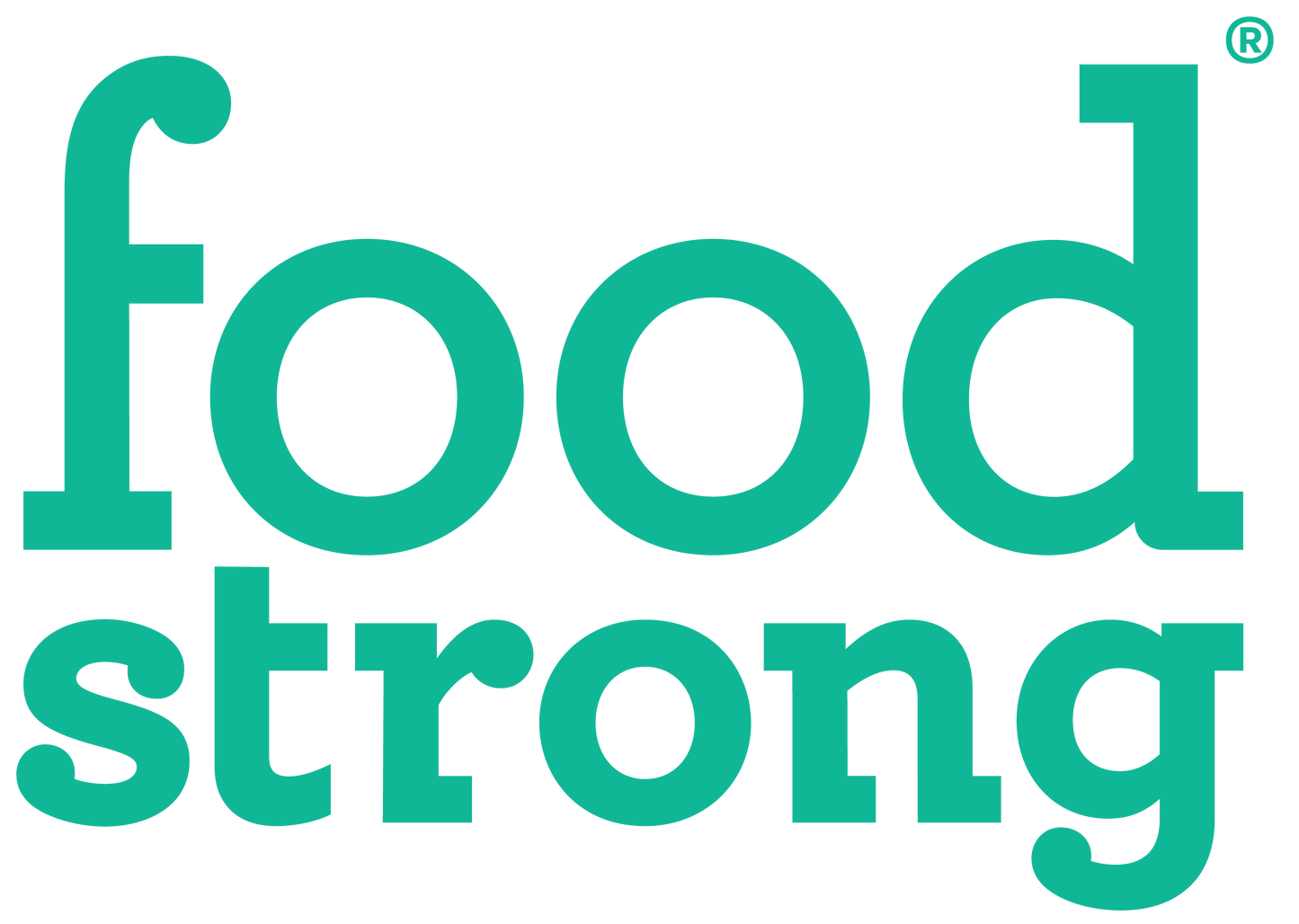
What we eat is a huge determinant of how healthy we are, and how healthy we feel. Our food habits govern everything, from our susceptibility to lifestyle-related diseases, to our immunity to common infections. Our daily diet consists of various components – carbohydrates, fats, vitamins, minerals and proteins; the last of these being the most indispensable.
An elementary fact clearly illustrates the importance of protein: Excess protein consumed by the human body is converted to, and is stored as, fat. Unfortunately, the body has no means to convert excess fat back to protein. If the human body does not get its fill of this most critical dietary component, there is no way for it to make up for this deficiency.
This is what might be termed the Protein Gap.
While the recommended daily protein intake is 60-90 grams, statistics indicate that the average Indian consumes as little as 10-30 grams. Contrary to assumption, this gap is not correlated with income levels or any specific socio-cultural factor. Urban Indians, with starch-soaked and fat-ridden diets, not to mention ready access to a huge variety of processed foods, are a constituency vulnerable to the pernicious effects of the Protein Gap. While deficiencies in other nutrients manifest in multiple visible ways, the insidious Protein Gap may hide behind such phenomena as general fatigue, poor hair & nail health, and food cravings. These warning signs are often dismissed as mere by-products of a stressful, fast-paced life. This Protein Gap is stunting an entire generation, and is doubtless imposing higher healthcare costs on society.
It is incumbent upon us to guard our families from the Protein Gap by finding and distributing the most available, affordable, and sustainable, forms of protein. Foodstrong is your partner in this endeavour. Together, we will transcend the Protein Gap and ensure good health for our loved ones.



